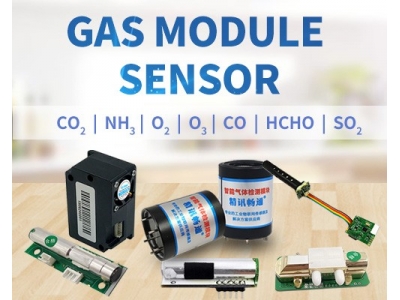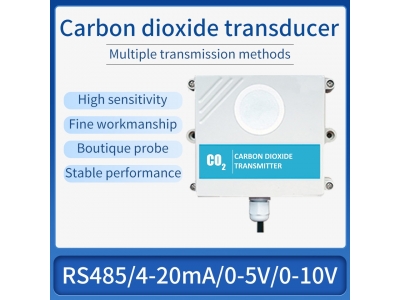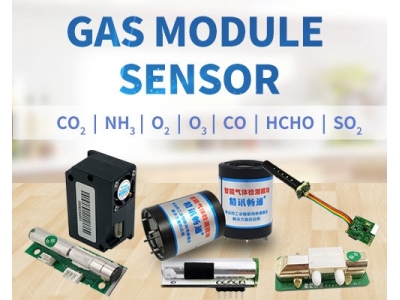In recent years, the impact of climate change has become increasingly apparent. Carbon dioxide (CO2) emissions, primarily from the burning of fossil fuels, have been identified as a leading cause of global warming. As such, scientists and researchers have been working to develop new technologies that can help reduce carbon emissions and mitigate the impact of climate change.
One of the most promising technologies in this area is the carbon dioxide sensor. Carbon dioxide sensors are devices that can detect the presence and concentration of CO2 in the air. They have a wide range of applications, from improving indoor air quality to reducing greenhouse gas emissions in the industrial sector.
In this article, we will explore the technology behind carbon dioxide sensors, their various applications, and their potential to revolutionize industries and save lives.

Technology Behind Carbon Dioxide Sensors
Carbon dioxide sensors are based on a simple principle: they measure the amount of CO2 in the air by detecting changes in the electrical conductivity of a material. When CO2 is present in the air, it can react with the sensing material and change its electrical properties, which can then be measured and used to determine the concentration of CO2.
There are several different types of carbon dioxide sensors, each with its own unique advantages and disadvantages. One of the most common types is the non-dispersive infrared (NDIR) gas sensor, which uses infrared light to measure the concentration of CO2 in the air. NDIR sensors are highly accurate and can detect very low levels of CO2, but they can be expensive and require regular calibration.
Another type of carbon dioxide sensor is the metal-oxide semiconductor (MOS) sensor, which uses a metal oxide to detect the presence of CO2. MOS sensors are less expensive than NDIR sensors and are relatively easy to manufacture, but they are not as accurate and can be affected by other gases in the air.
Overall, carbon dioxide sensors are a highly effective technology for measuring the concentration of CO2 in the air. They are relatively inexpensive, easy to use, and can provide accurate and reliable measurements.

Applications of Carbon Dioxide Sensors
Carbon dioxide sensors have a wide range of applications, from improving indoor air quality to reducing greenhouse gas emissions in the industrial sector. Some of the most common applications of carbon dioxide sensors are:
Indoor Air Quality Monitoring
Carbon dioxide sensors are commonly used to monitor indoor air quality in buildings, such as schools, offices, and hospitals. High levels of CO2 in indoor environments can cause a range of health problems, including headaches, dizziness, and fatigue. By monitoring CO2 levels, building managers can ensure that indoor air quality is maintained at a safe and healthy level.
HVAC Control
Carbon dioxide sensors are also used in heating, ventilation, and air conditioning (HVAC) systems to control the amount of fresh air that is brought into a building. By measuring the concentration of CO2 in the air, HVAC systems can adjust the amount of fresh air that is introduced into a building, which can help improve energy efficiency and reduce heating and cooling costs.
Greenhouse Gas Emissions Reduction
Carbon dioxide sensors are used in a wide range of industrial applications to monitor and reduce greenhouse gas emissions. For example, in the oil and gas industry, CO2 sensors are used to monitor the concentration of CO2 in the flue gas from power plants and other industrial processes. By measuring the concentration of CO2, companies can identify areas where emissions can be reduced and implement strategies to reduce their carbon footprint.
Medical Applications
Carbon dioxide sensors are also used in a range of medical applications, such as monitoring patients during anesthesia or in critical care settings. By measuring the concentration of CO2 in exhaled air, medical professionals can monitor a patient's breathing and ensure that they.







